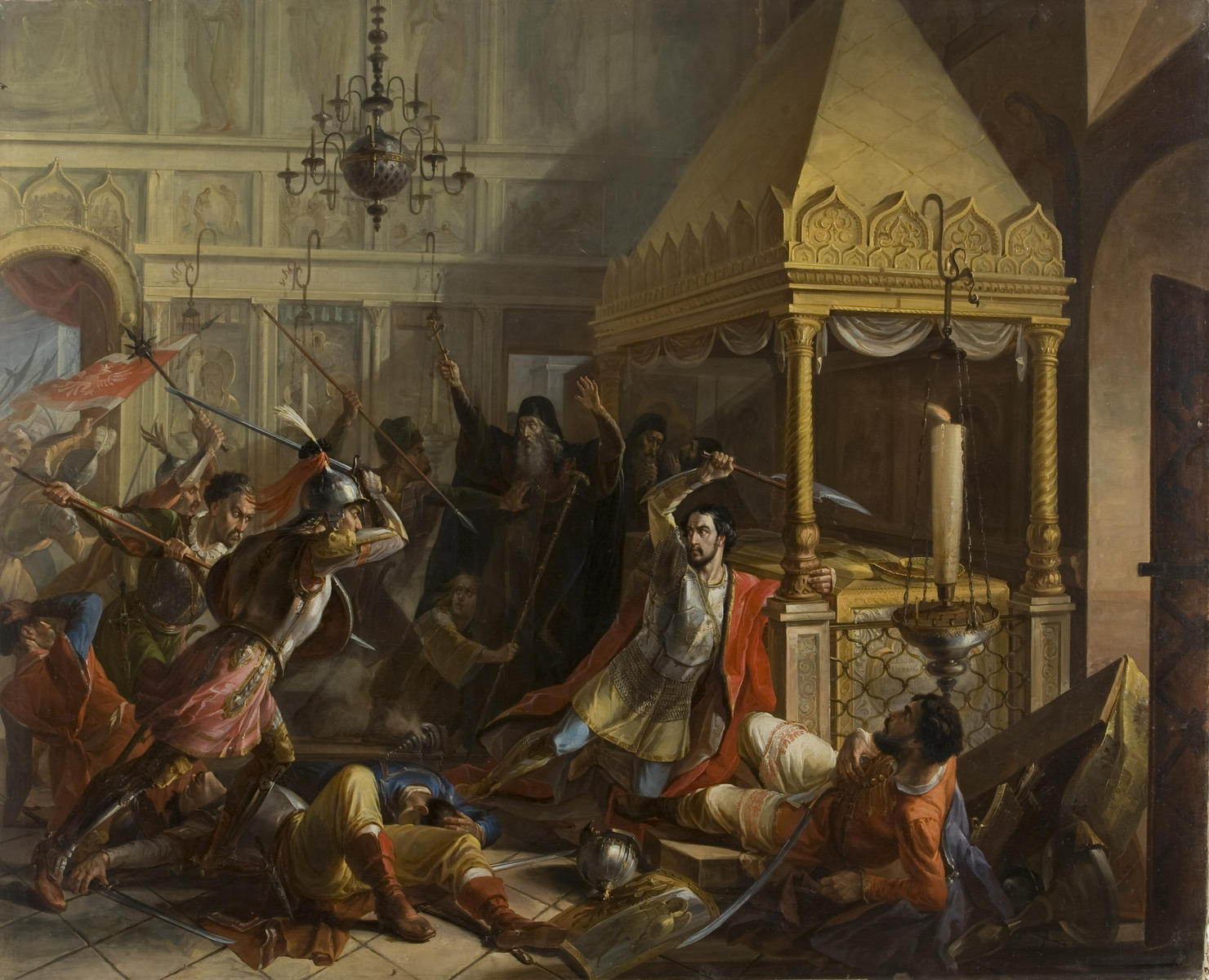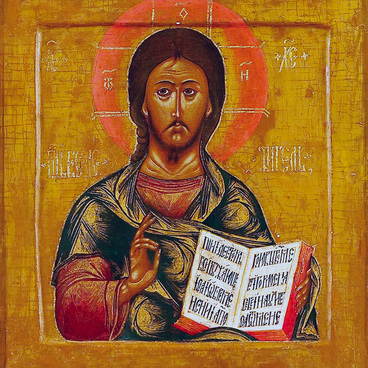Initially, the work presented in the museum was housed in the art gallery of the Sukhanovo estate in the Moscow Governorate, which belonged to the princes Volkonsky. In 1927, the painting was transferred from the State Procurement Commission to the Kaluga Regional Art Museum. The sketch for the painting is kept in the State Tretyakov Gallery.
Little is known about the artist who created the painting. Vasily Kuzmich Demidov was noted for history paintings. It is established that he served for some time in the stable department at the court in the rank of non-commissioned officer. In 1833, Demidov became a non-matriculated student of the Academy of Fine Arts, and studied “in the class of history painting” under the famous artist Karl Bryullov. Vasily Kuzmich was a participant in the exhibitions of the Imperial Academy of Arts. In 1846, the Council of the Imperial Academy of Arts approved the sketch of his painting “Olga’s Meeting with Prince Igor” and in 1848 — the sketch “The Siege of the Trinity Lavra of St. Sergius in 1610”.
The events interpreted in the painting are described in the “Kaluga Chronicle from the Ancient Time to 1841”, compiled by V.V. Khanykov according to Archimandrite Leonid,
Little is known about the artist who created the painting. Vasily Kuzmich Demidov was noted for history paintings. It is established that he served for some time in the stable department at the court in the rank of non-commissioned officer. In 1833, Demidov became a non-matriculated student of the Academy of Fine Arts, and studied “in the class of history painting” under the famous artist Karl Bryullov. Vasily Kuzmich was a participant in the exhibitions of the Imperial Academy of Arts. In 1846, the Council of the Imperial Academy of Arts approved the sketch of his painting “Olga’s Meeting with Prince Igor” and in 1848 — the sketch “The Siege of the Trinity Lavra of St. Sergius in 1610”.
The events interpreted in the painting are described in the “Kaluga Chronicle from the Ancient Time to 1841”, compiled by V.V. Khanykov according to Archimandrite Leonid,



